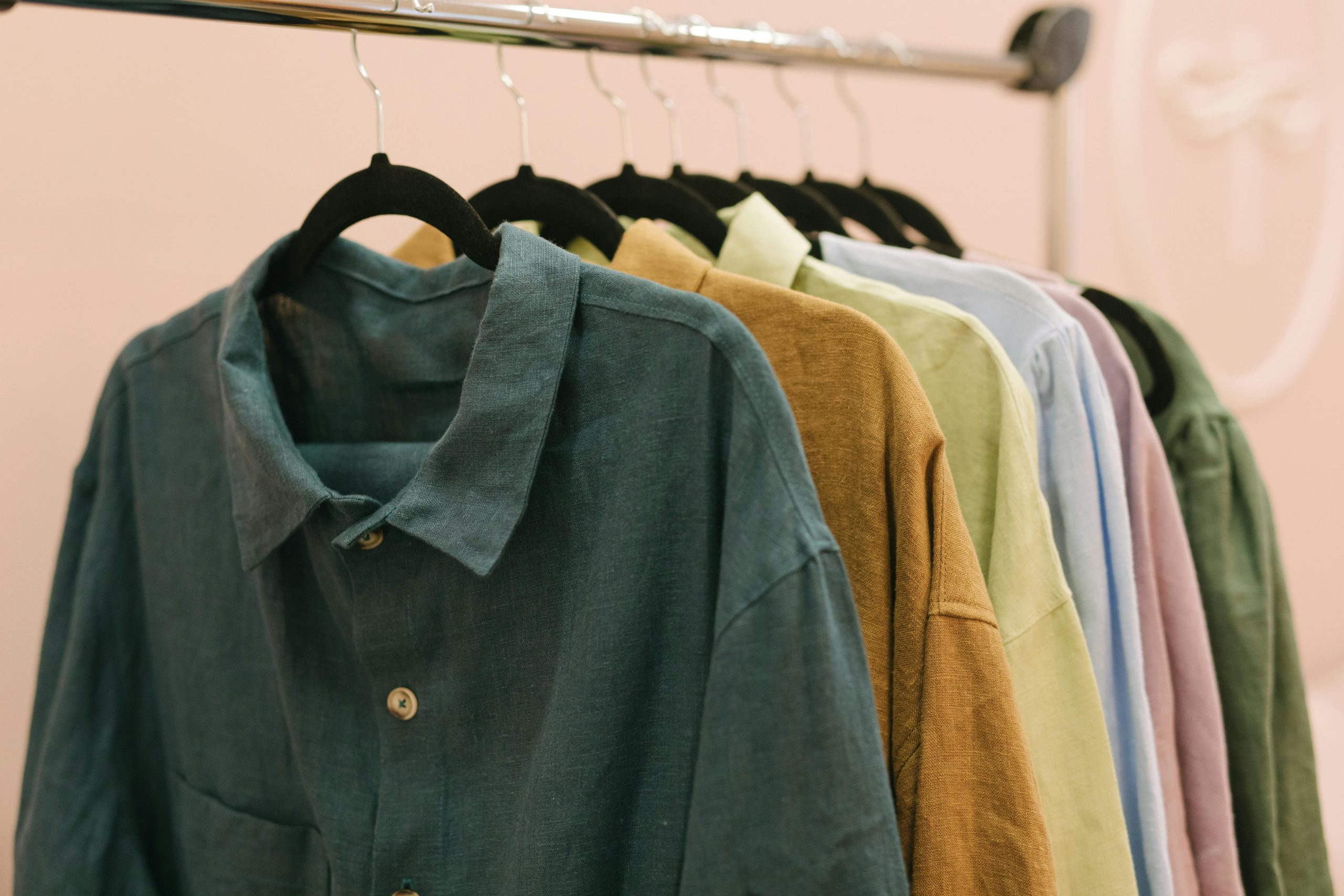The Art of Wardrobe Color Coordination: Strategic Shopping Palettes
The key to a well-organized and stylish wardrobe lies in color coordination. Gone are the days of random and mismatched outfits – the modern individual puts thought and strategy into every aspect of their closet, including color palettes. With the right color coordination, you can effortlessly create versatile looks using just a handful of pieces. In this article, we will dive into the art of wardrobe color coordination and offer practical tips on how to create strategic shopping palettes that will elevate your style game.
The Importance of Color Coordination in Your Wardrobe
Before we delve into creating a shopping palette, it is important to understand why color coordination is crucial in your wardrobe. First and foremost, color coordination creates a sense of balance and harmony in your outfit. When colors complement each other, the overall look is visually appealing and put-together. On the other hand, clashing colors can create a chaotic and unflattering look.
Color coordination also allows for effortless mixing and matching. With a well-organized color scheme, you can easily create different outfit combinations using the same pieces. This not only saves time but also reduces the need for a large and expensive wardrobe. Not to mention, making intentional color choices can also enhance your personal style and make a statement.
Understanding Color Theory
Before you start creating your shopping palette, it is essential to have a basic understanding of color theory. In simple terms, color theory is the science behind how colors interact with each other. There are three primary color schemes that you can follow when coordinating your wardrobe:
Monochromatic
A monochromatic color scheme uses different shades, tints, and tones of the same color. This creates a clean and sleek look, making it perfect for formal events and professional settings. For example, a navy blue suit paired with a light blue button-down shirt and a dark blue tie creates a cohesive and polished monochromatic outfit.
Analogous
Analogous color schemes use colors that are next to each other on the color wheel. This creates a more subtle and harmonious look compared to a monochromatic scheme. For instance, pairing a light pink top with a lavender skirt and a mauve blazer creates a cohesive analogous outfit.
Complementary
Complementary colors are located opposite each other on the color wheel. This color scheme creates a bold and eye-catching look as the colors tend to pop when paired together. For example, a yellow dress with a purple belt and shoes creates a striking and complementary outfit.
Creating a Strategic Shopping Palette
Now that you have a grasp of color theory, it’s time to create your strategic shopping palette. The first step is to identify your wardrobe essentials – pieces that you wear on a regular basis and are the foundation of your outfits. These can include neutral colored items such as black, white, navy, and beige. Next, choose a color scheme (monochromatic, analogous, or complementary) that you want to follow for your palette.
Once you have your essentials and color scheme, it’s time to add accent colors. Accent colors are bold and vibrant colors that add interest and personality to your outfits. These can be incorporated through accessories such as scarves, shoes, bags, and jewelry. For a cohesive look, choose accent colors that complement the main color scheme you have chosen.
Tips for Successful Color Coordination
While creating a shopping palette is a great starting point, there are a few tips you can keep in mind to ensure successful color coordination in your wardrobe:
Stick to a Neutral Base
Neutral colors such as black, white, and gray should make up the majority of your wardrobe. These colors act as a base and can easily be paired with a variety of other colors.
Incorporate Patterns
Patterns can add depth and interest to your outfits. When incorporating patterns, choose ones that have at least one of the colors from your shopping palette to maintain cohesiveness.
Experiment with Texture
Texture can also add visual interest to your outfit. When incorporating textures, stick to your shopping palette and make sure to balance it out with some solid pieces.
Be Mindful of Skin Tone
Certain colors may look different on different skin tones. Pay attention to how colors look on you and choose accordingly to enhance your complexion.
Final Thoughts
Color coordination is not just about aesthetics, but also about functionality and self-expression. By understanding color theory and following the tips mentioned above, you can create a strategic shopping palette that reflects your personal style and elevates your wardrobe. With these tools in hand, you can confidently mix and match colors to create endless outfit combinations and step out in style.











